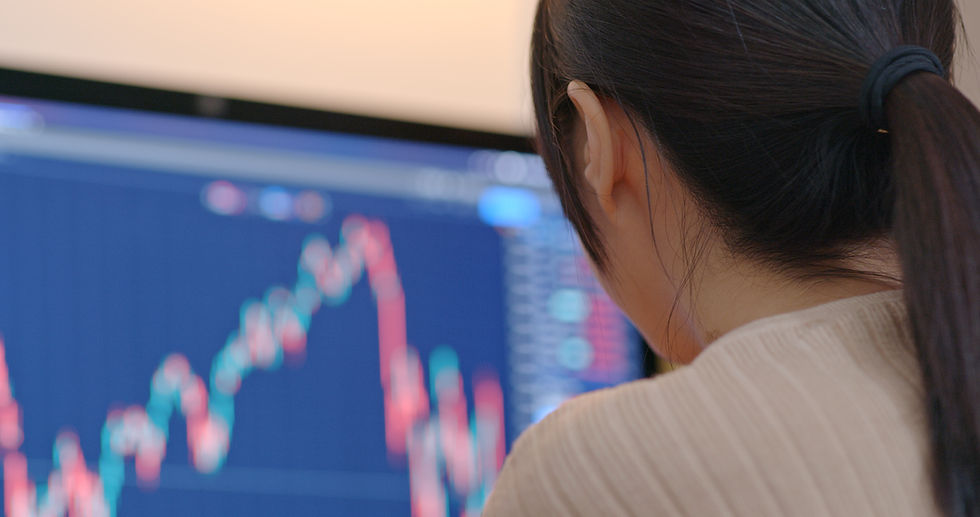Non-fungible tokens (NFTs) have become a hot topic in the art world in recent years. These digital tokens are unique and cannot be replaced, and they have been used to sell digital art, music, and even tweets.
However, the rise of AI has raised concerns about the value of NFT art. AI-generated art can be created quickly and easily, and it can be difficult to distinguish from human-created art. This has led to concerns that AI-generated art will flood the market and devalue NFT art.

There are a number of ways in which AI can devalue NFT art. Firstly, AI-generated art can be created quickly and easily. This means that there is a lot of it available, which can drive down prices. Secondly, AI-generated art can be difficult to distinguish from human-created art. This can make it difficult for buyers to know what they are buying, and it can lead to buyers overpaying for AI-generated art.
Thirdly, AI-generated art can be used to create forgeries of human-created art. This can damage the reputation of human artists and make it difficult for them to sell their work.
Lastly, AI-generated art can be used to create spam and scams. This can make it difficult for buyers to find legitimate NFT art, and it can lead to buyers losing money. The rise of AI has the potential to devalue NFT art in a number of ways. However, it is important to note that AI is also a powerful tool that can be used to create valuable NFT art. For example, AI can be used to create new and innovative art forms, and it can be used to enhance the value of human-created art.
Ultimately, the impact of AI on NFT art will depend on how it is used. If AI is used to create spam and scams, then it will devalue NFT art. However, if AI is used to create valuable and innovative art, then it will increase the value of NFT art.

Here are some of the specific ways in which AI can devalue NFT art:
Increased supply: AI can be used to create vast amounts of NFT art, which can flood the market and drive down prices.
Reduced demand: If buyers cannot distinguish between AI-generated art and human-created art, they may be less willing to pay high prices for NFT art.
Damage to the art market: If AI is used to create forgeries of human-created art, it can damage the reputation of the art market and make it more difficult for artists to sell their work.
Increased risk of scams: AI can be used to create spam and scams, which can make it more difficult for buyers to find legitimate NFT art.
However, there are also some potential benefits of AI for NFT art:
New art forms: AI can be used to create new and innovative art forms that would not be possible without AI.
Enhanced value: AI can be used to enhance the value of human-created art by adding new features or functionality.
Increased accessibility: AI can be used to make NFT art more accessible to a wider audience.
Overall, the impact of AI on NFT art is still uncertain. However, there is a potential for AI to both devalue and enhance the value of NFT art. It is important to be aware of the potential risks and benefits of AI before investing in NFT art.

Here are some tips for avoiding the risks of AI-generated NFT art:
Do your research: Before you buy an NFT, be sure to do your research and make sure that you are buying from a reputable source.
Be aware of the risks: Be aware of the potential risks of AI-generated NFT art, such as the possibility of forgeries and scams.
Ask questions: If you are not sure about something, ask the seller questions.
Use a trusted platform: Buy NFTs from a trusted platform that has measures in place to protect buyers from fraud.
By following these tips, you can help to protect yourself from the risks of AI-generated NFT art.